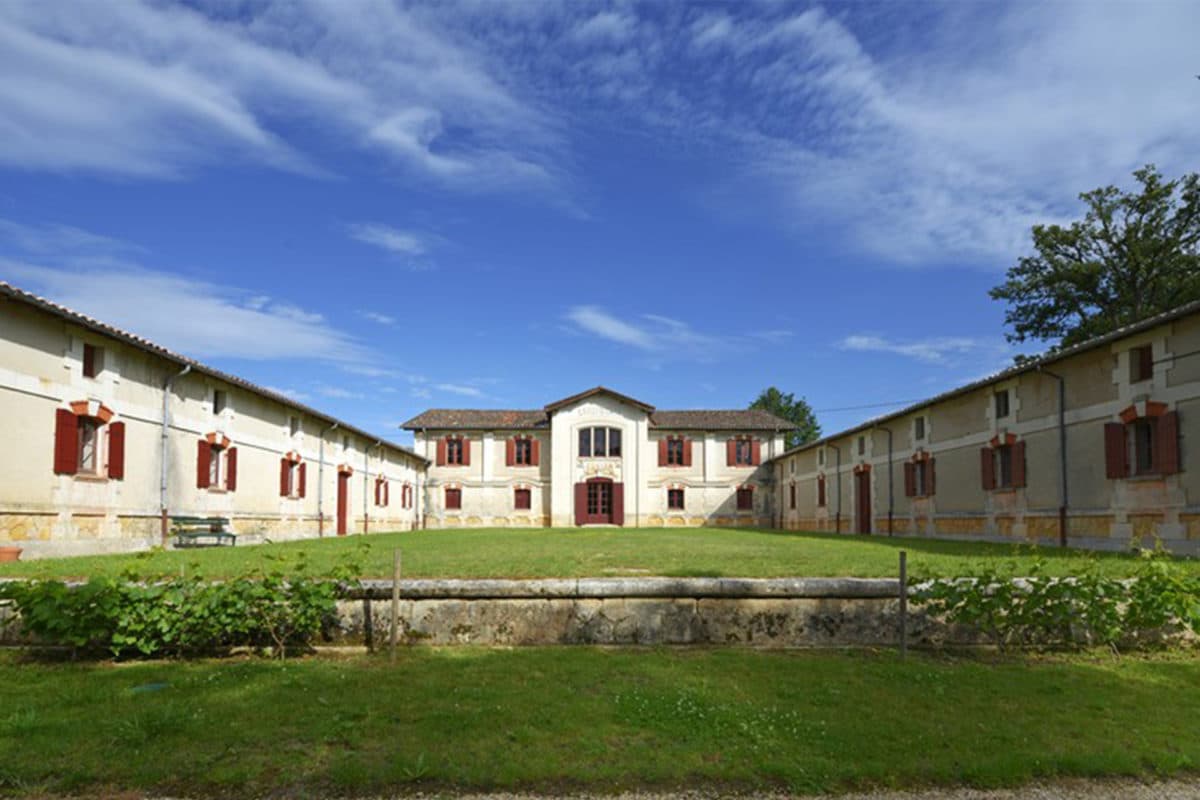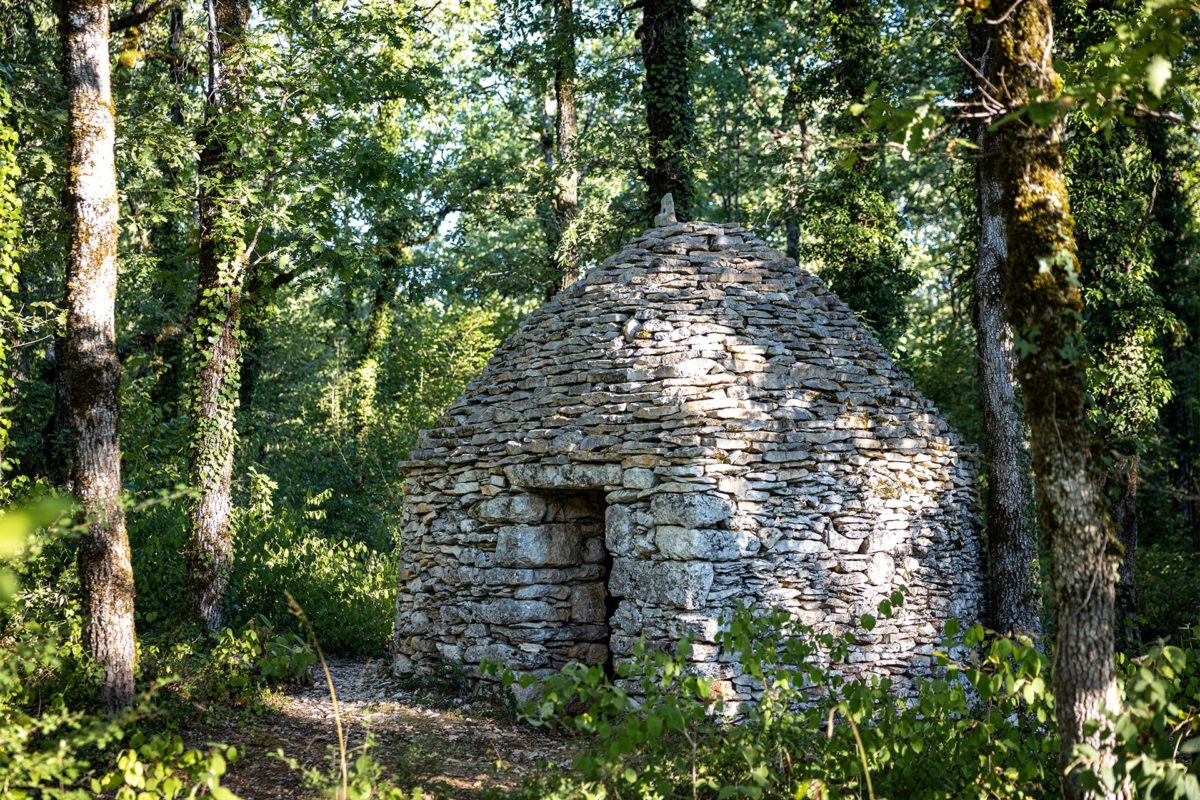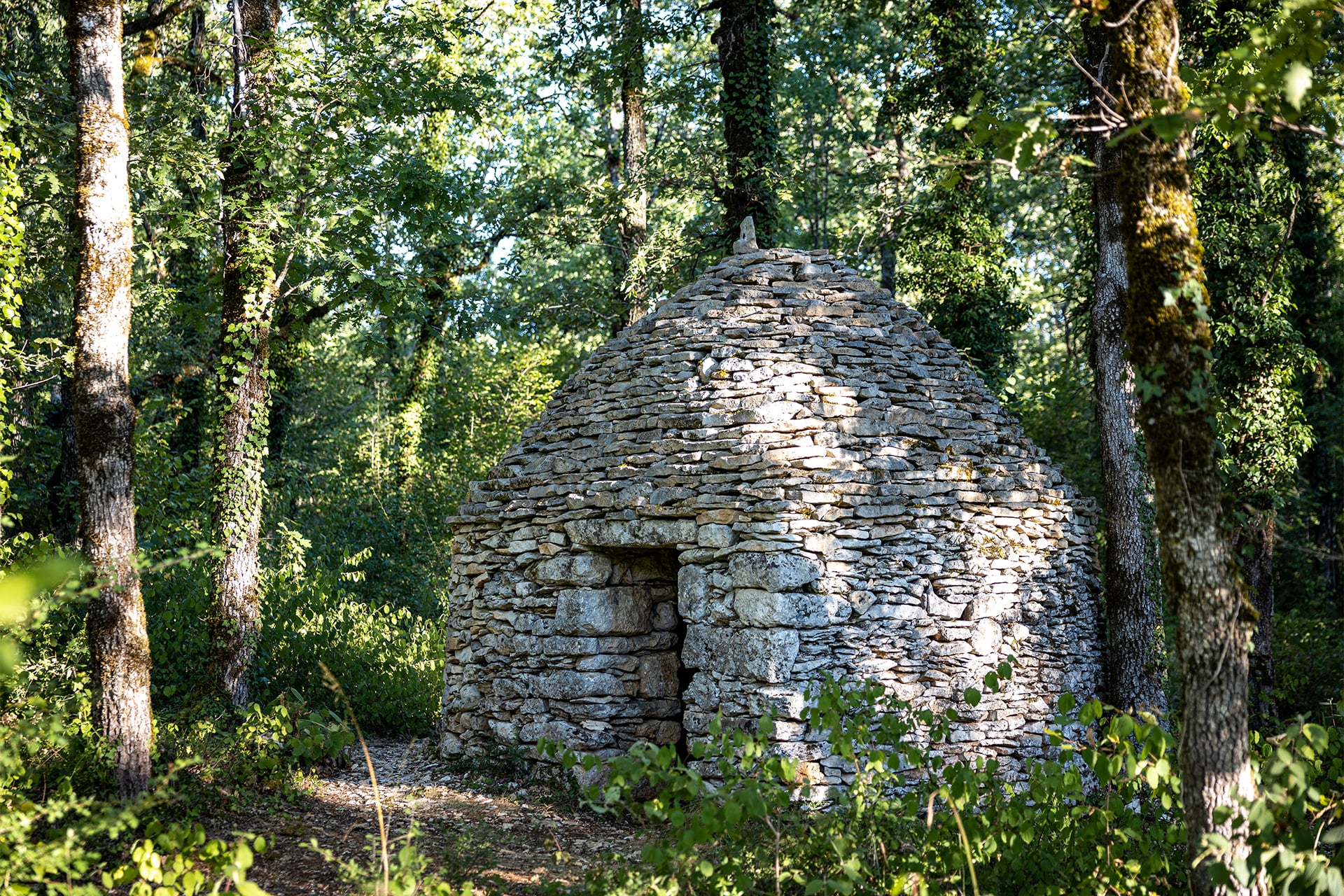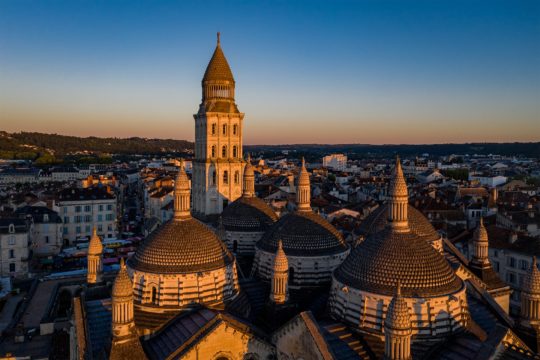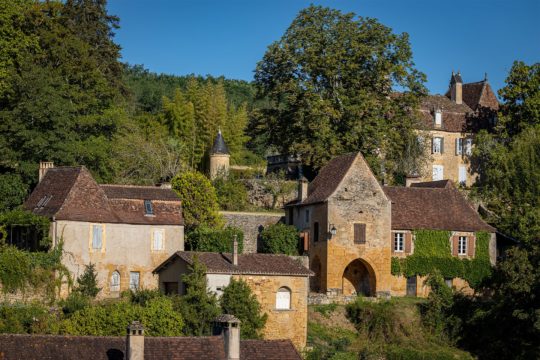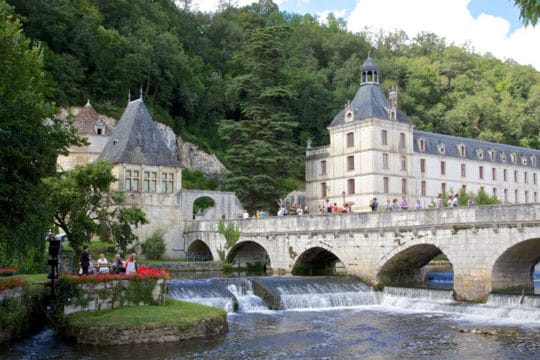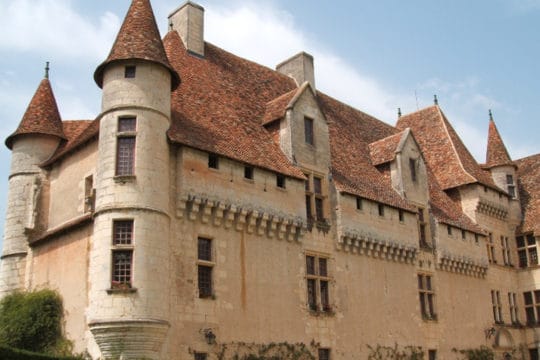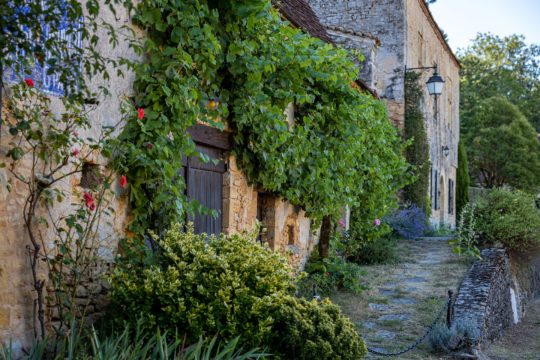Sorges, cradle of the tuber melanosporum, the famous Périgord truffle
• Sorges-Ligueux: welcome to the capital of the truffle in Périgord! Discover the secrets of this strange mushroom by visiting the truffle museum. Located in an old farm typically Périgourdine, the museum approaches the trufficulture under all its angles. Complete this discovery by walking the path of the truffle fields, marked out on 3 kilometers, in the Sorgues countryside. But here, there is not only truffles! Architecture lovers will be delighted by going to Ligueux. The abbey of the village, an abbey of women, would have been founded by Charlemagne around 770. In the 17th century, this place welcomed young girls from “good families” in order to give them a good education. On the estate, there is a dovecote, the outbuildings and the prioress’s lodging.
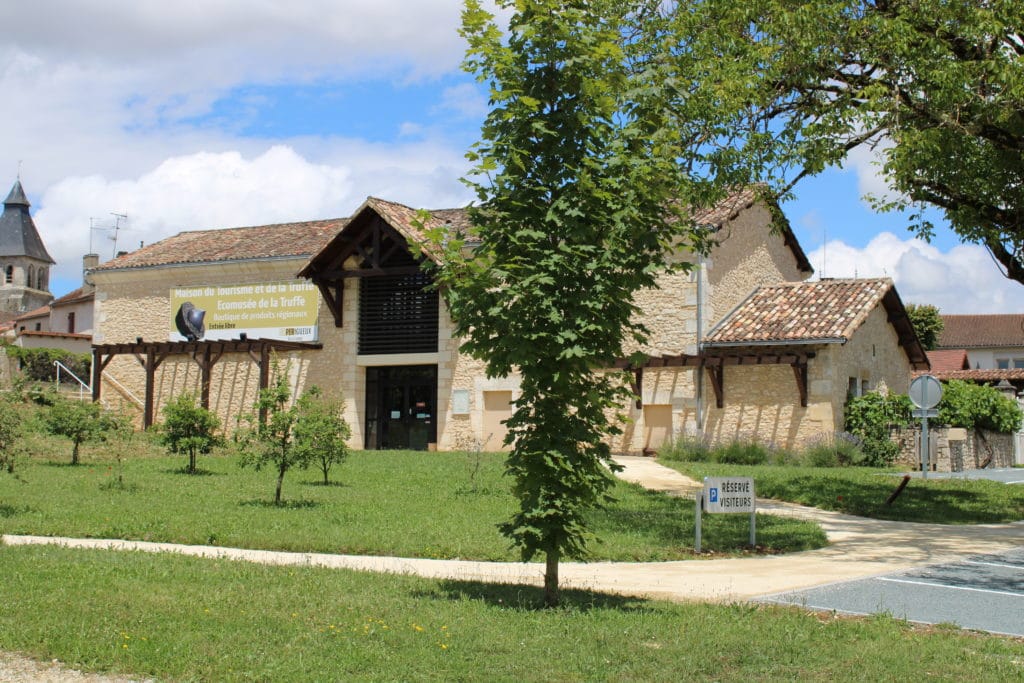
• Antonne-et-Trigonant: near Périgueux, the visitor continues to explore northward in the direction of Limoges. Well installed in the plain along the Isle river, the castle of Bories, with its refined appearance behind its moat, attracts attention. The history of this rich and dense castle takes us back to a time when the nobility embarked on major construction projects. At the Château des Bories, the story begins in 1497, when Jeanne de Hautefort, widow of Jean de Saint-Astier, continued her husband’s project. Built on a former noble stronghold, the homogeneity of its architecture leads us to believe that its construction was carried out in one go. In 1604, Henri de Saint-Astier made a few alterations including the square turret. This castle has all the delicacy of this Italianate style: a three-story main building lit by large windows, with massive turrets at each end covered with slate roofs.
A square tower is attached to the main building, at the bottom of which is the entrance to the house. As soon as one pushes the door, decorated with the arms of the Saint-Astier family, the splendor of the place surprises. A monumental staircase on a square plan with a central core leads to the top floor. The center is occupied by four small rooms: the one in the cellar corresponds to the dungeon and the highest to an oratory. How to go from hell to heaven! The whole staircase is covered with finely sculpted ribbed vaults. On the first floor, the smell of wood fire, leads to the kitchen. A pure marvel with ribbed vaults resting on an octagonal central pillar. The two huge fireplaces are still used to simmer the good dishes of the family meals. If the stones could speak to us, they would tell us the great pages of the history of the Château des Bories.
Henri de Saint-Astier, Protestant and godson of Henri IV, attracted the wrath of Sir d’Auberoche in 1592. The stair tower still bears the marks of the cannonballs.
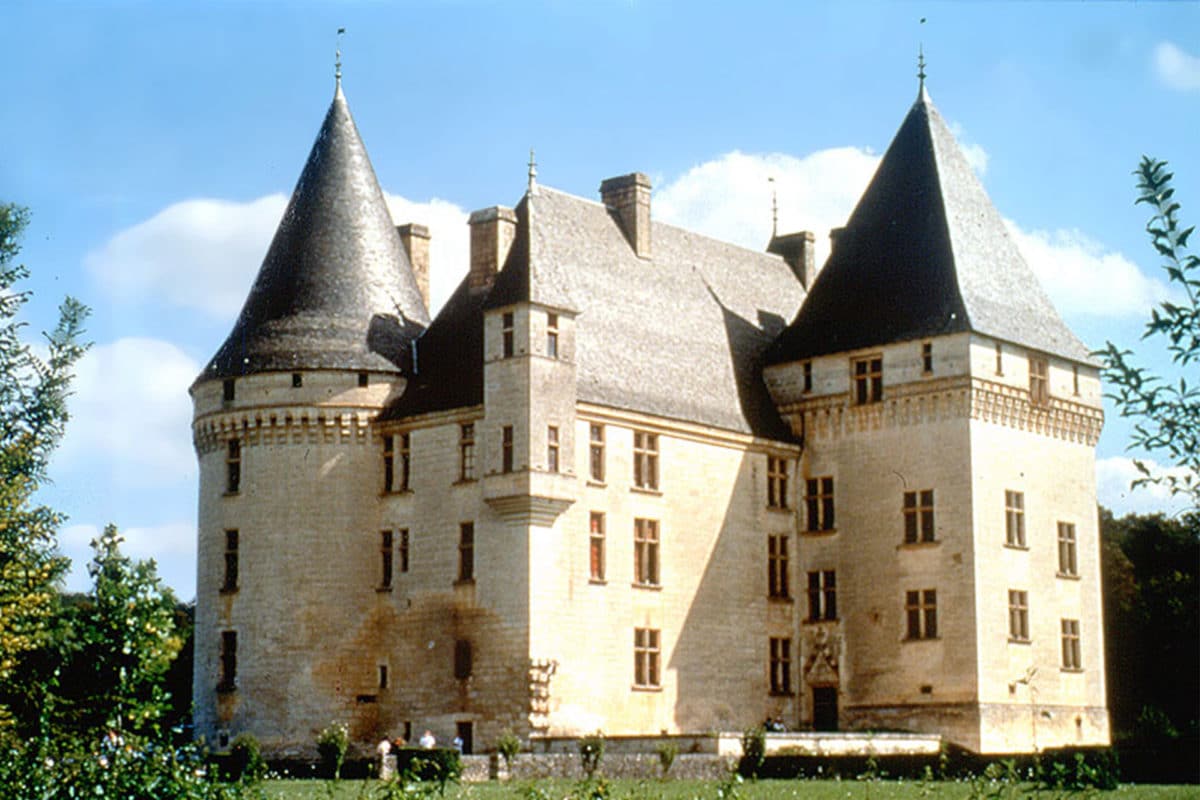
• Saint-Pierre de Chignac: about ten kilometers from Périgueux in the direction of Sarlat, come and discover the village of Saint-Pierre de Chignac. This small hamlet organized around a market hall invites you to a bucolic stroll. Not far from the village, on the wooded hillsides, you will find an industrial building of the most surprising, both by its imposing architecture and its function. Today, the wine museum of the Lardimalie winery, built in 1902, presents a complete collection of rare tools used by winegrowers, grape pickers and coopers. This site is often associated with Jules Honoré Secrestat, the patron of the place. This modest apprentice became a renowned Bordeaux distiller after creating the Secrestat bitter (gentian-based liqueur) to replace absinthe.
• Savignac-les-Eglises: this village has a historical heritage with, among others, the Romanesque chapel of Saint Christophe decorated with a remarkable bas-relief. Today, a covered market hall made of wooden beams welcomes markets and local festivals. You can continue your discovery with a country walk by heading towards the causses of Savignac. Spread over 410 hectares, the 2 paths allow you to discover the dry stone huts called “Bories” in the region, which were once used by farmers to store their tools.
